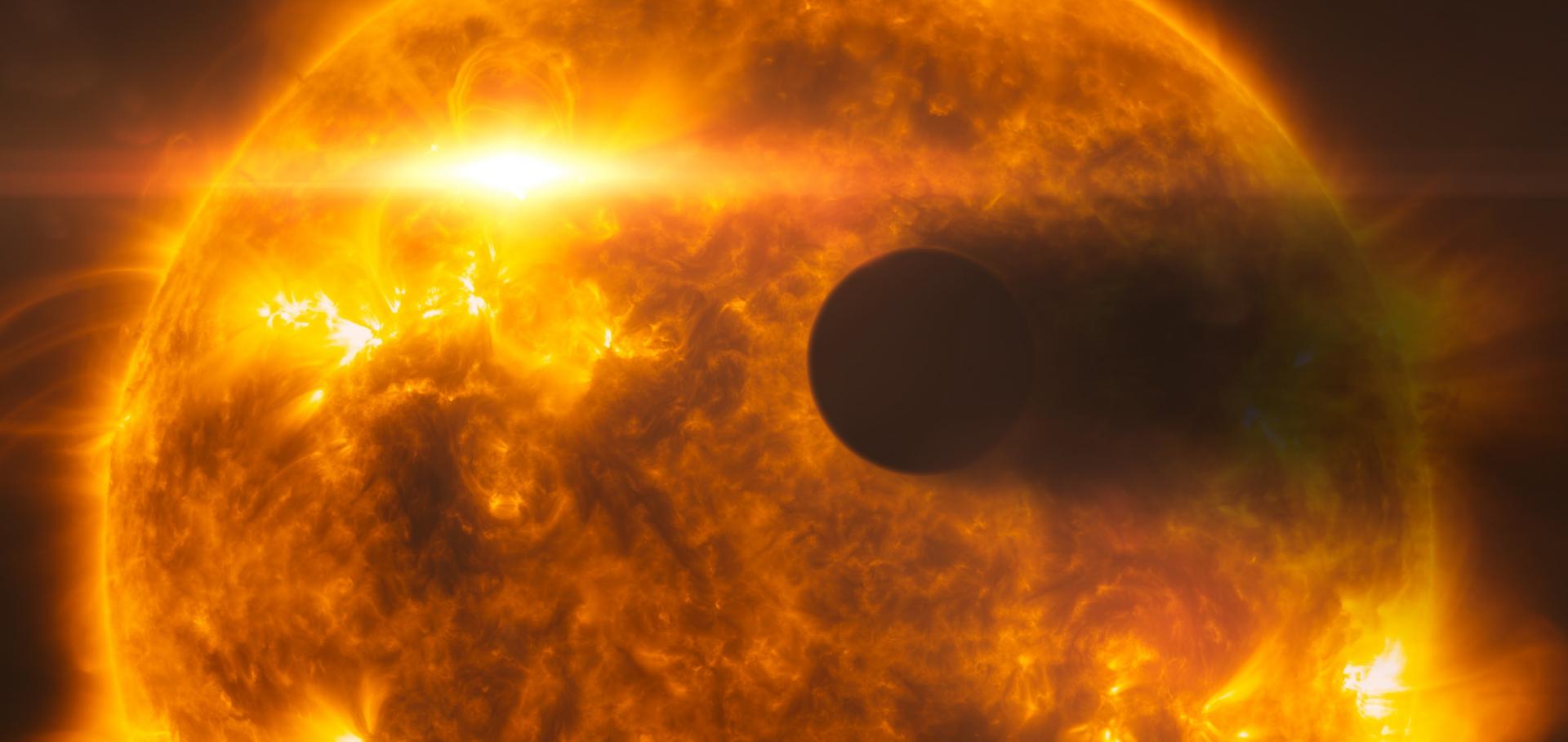Erratum to: "Exoplanet discoveries with the CoRoT space observatory"
Solar System Research 45:4 (2011) 374-375
Transiting exoplanets from the CoRoT space mission. XVIII. CoRoT-18b: a massive hot jupiter on a prograde, nearly aligned orbit
(2011)
Transiting exoplanets from the CoRoT space mission XVII. The hot Jupiter CoRoT-17b: a very old planet
(2011)
Transiting exoplanets from the CoRoT space mission : XVII. the hot Jupiter CoRoT-17b: A very old planet
Astronomy and Astrophysics 531 (2011)
Abstract:
We report on the discovery of a hot Jupiter-type exoplanet, CoRoT-17b, detected by the CoRoT satellite. It has a mass of 2.43 ± 0.30 M Jup and a radius of 1.02 ± 0.07 RJup, while its mean density is 2.82 ± 0.38 g/cm3. CoRoT-17b is in a circular orbit with a period of 3.7681 ± 0.0003 days. The host star is an old (10.7 ± 1.0 Gyr) main-sequence star, which makes it an intriguing object for planetary evolution studies. The planet's internal composition is not well constrained and can range from pure H/He to one that can contain ∼380 earth masses of heavier elements. © 2011 ESO.Transiting exoplanets from the CoRoT space mission: XVI. CoRoT-14b: An unusually dense very hot Jupiter
Astronomy and Astrophysics 528 (2011)


